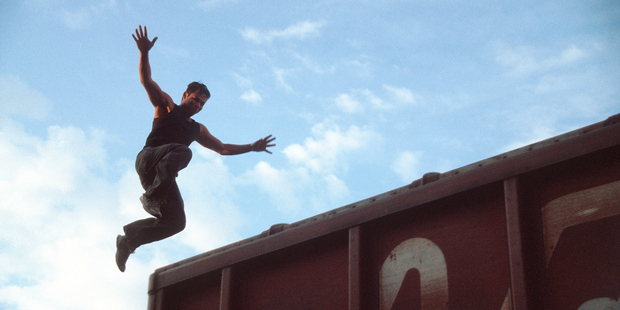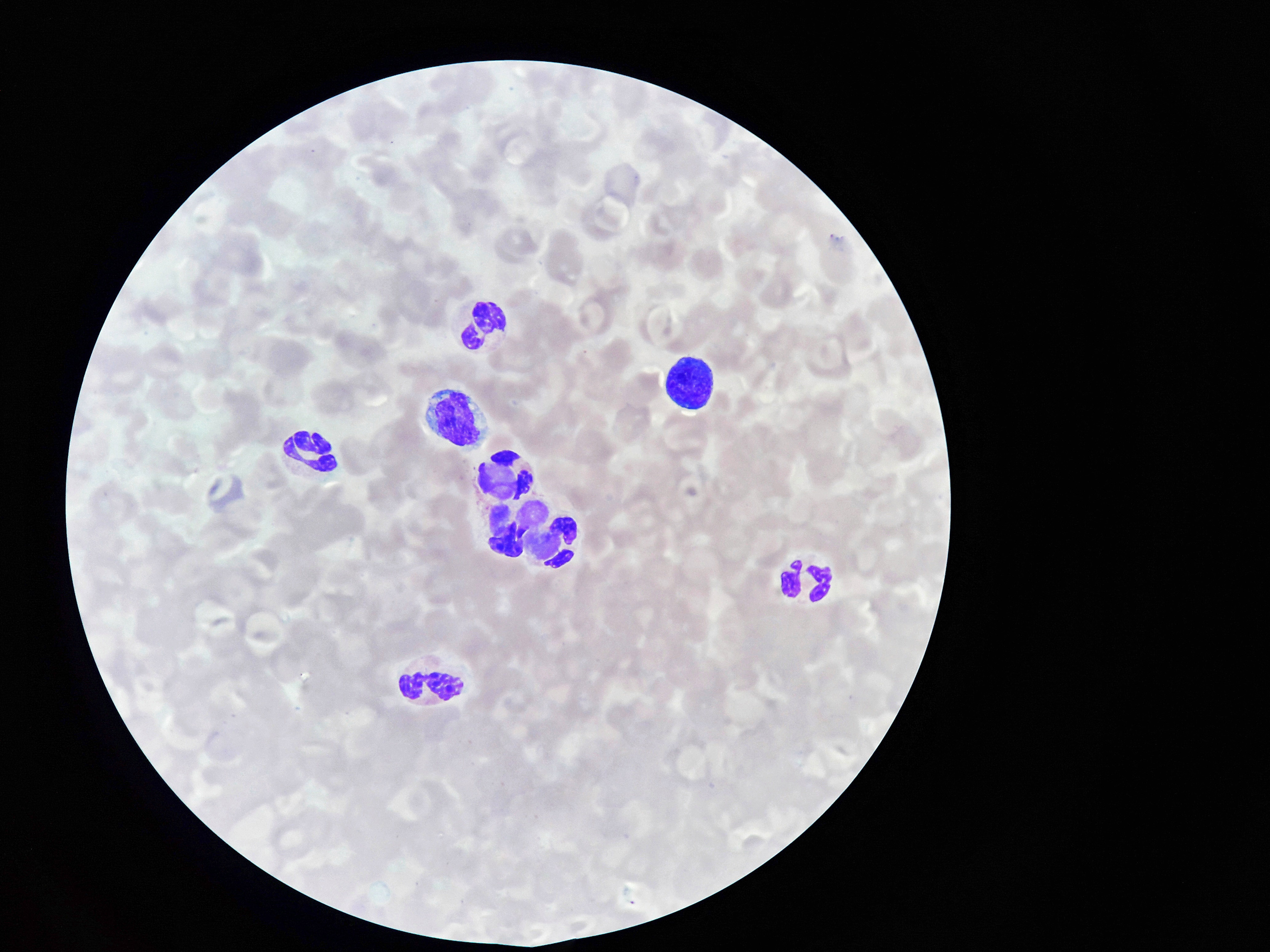

Life is a process of learning not just about life lessons, but also about dying. I was not successful in practicing this when I was 30 years old when my mom was dying (I was far too overwhelmed by my grieving at the time), but I was able to be much more present and in my dad’s world as he died when I was 48. I encourage you to look at the dying experience from their perspective, and not be overwhelmed and immersed in your own experience and grief at that particular moment. I’m sure that many of you have experienced similar situations with your friends and loved ones when they have been close to death. He finished it, felt complete, then asked to get back up in his wheelchair and he closed his eyes again. And he proceeded to take them and cut up these newspaper clippings that only he could see. So we all knelt down on the floor with him, and I “gave him (the imaginary) scissors,” and that satisfied him. Whatever they may be experiencing or expressing to you – as abnormal as that may be to you, you must try to treat them (and their experience) as normal as possible so they feel loved by you, accepted by you, and therefore encouraged to accept whatever their own experience is at that time when they are dying, and then when they eventually do die.Ī few hours before my father passed away, he climbed out of his wheelchair, knelt down on the floor next to me while some old friends of his were visiting, and started pointing to various “pieces of paper on the floor from a newspaper” – I guessed he was talking about newspaper clippings that he “saw” on my living room carpet. Even if you (or they) do not believe in an afterlife, your nonacceptance of their odd behavior may inadvertently increase their pain and suffering in the present moments.the last thing you want to do at that time! It’s so disrespectful – they still have feelings and can sense your emotions even if they may be unable to express to you and communicate.Īnd that nonacceptance sets them up for more fear when they do die and when they perhaps experience the other side. In any case, it’s important never to create the impression that you’re treating the dying person like they are crazy. Sometimes they might be hallucinating but sometimes they may actually be seeing some of these people on the other side. Many people at end of life, when they start to pass, start spending less and less time “on this side” and more and more time “on the other side,” but people on this side often don’t recognize that and think they’re crazy or are hallucinating. It is very important for us to realize that this is a completely normal stage in the natural process of dying. And very often they experience sometimes being on this side with us in physical reality, and sometimes being on the other side in what we may refer to as more of a dreamlike state – where they see things that we don’t see in the room, and see and talk with people whom they see in the room, but who are beyond our vision. What’s important is how we treat the dying person when they are going through the dying process. It doesn’t matter, I think, how much of it is one or the other. In that very short span where he became non-responsive and was living at my house for those last 38 hours, he had many bouts of “Being here, and then.not being here.” It’s of course hard to say how much of that was due to the morphine and other medications he was taking at the time, and how much of it was due to his exiting from this life.

I used to joke that, “My dad never knew a vegetable that he liked! He was a meat and rice guy!” – the Asian equivalent of the “meat and potatoes” diet. My dad had colon cancer which was diagnosed three years earlier, and had come back again the year before he died. He died in my living room 38 hours later. Steve helped me get my father out of bed onto the cart so we could transport him to the car safely, then we drove my dad to my house in Mar Vista. I dropped everything, called my close friend Steve Wong, who met me with one of his dollies that he uses in the film industry as a cameraman to cart heavy equipment on film shoots. He was physically alive, but non-responsive. She was with the hospice nurse and they could not get my father out of bed to go to the bathroom. It was my sister Lorinda calling me from my father’s condo in Torrance. I got a phone call at my office at the American Arbitration Association in downtown Los Angeles.

It was 10:30 AM on a Monday morning in late January 1999. Executive Director, Overcoming the Fear of Death Foundation


 0 kommentar(er)
0 kommentar(er)
